As an Amazon Associate, I earn from qualifying purchases
Supination delicately choreographs the dance of the foot, orchestrating an elegant outward pirouette with each step of the gait cycle. This natural movement helps with shock absorption and weight distribution. However, excessive supination can lead to various foot and ankle issues, including instability and discomfort.
Understanding Supination and Its Effects on Feet
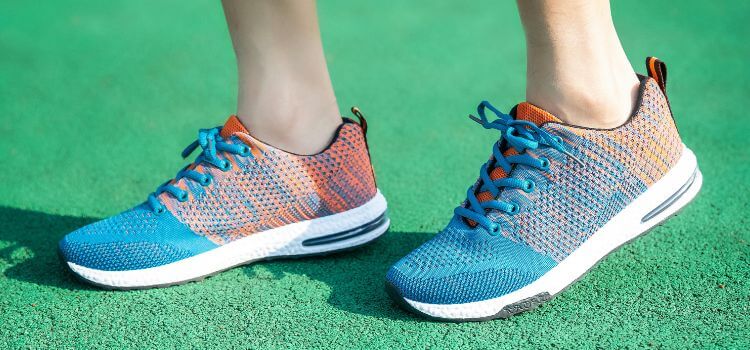
1. What is supination?
Supination occurs when the outer edge of the foot bears most of the body’s weight during walking or running. It’s the opposite of pronation, where the foot rolls inward. While some supination is normal, overpronation or underpronation can cause problems.
2. How does supination affect the feet?
Excessive supination can put undue stress on the foot and ankle muscles, tendons, and ligaments. This can lead to conditions such as plantar fasciitis, Achilles tendonitis, and ankle sprains.
Importance of Choosing the Right Shoes
Choosing the right shoes is crucial for maintaining foot health and preventing injuries. Proper footwear provides support, stability, and comfort, reducing the risk of common foot problems such as blisters, corns, and plantar fasciitis. The right shoes also enhance performance during physical activities by offering traction and support tailored to your needs. Investing in quality footwear is an investment in long-term foot health and overall well-being. By wearing shoes that fit well and support your feet properly, you can avoid chronic pain and discomfort, and boost your confidence with stylish and functional footwear.
Characteristics of Shoes Suitable for Supination
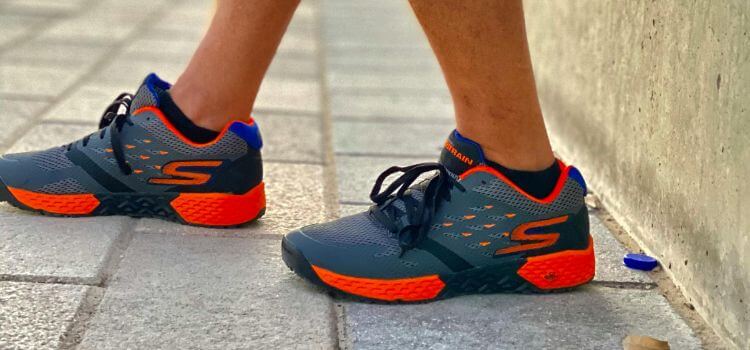
1. Cushioning and support
Shoes with ample cushioning in the heel and arch can help absorb shock and reduce impact on the foot. Additionally, adequate support helps stabilize the foot and prevent excessive rolling.
2. Stability features
Stability shoes typically have firmer midsoles and supportive features to control pronation. While supinators don’t need as much pronation control, a moderate level of stability can help prevent excessive outward rolling.
3. Flexibility
Flexibility is essential for allowing natural foot movement while still providing support. Shoes that are too stiff can hinder the foot’s ability to supinate, leading to discomfort and potential injury.
Identifying the Worst Shoes for Supination
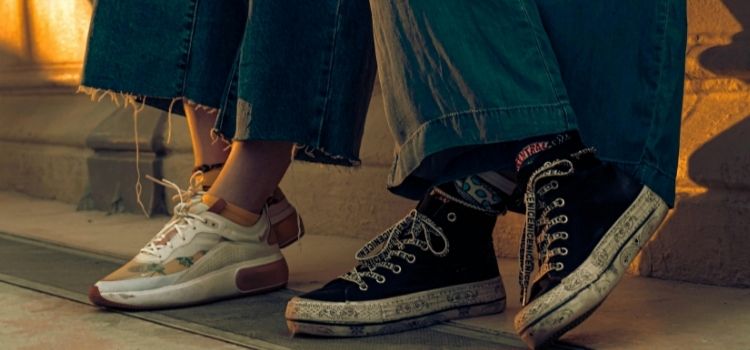
1. Lack of cushioning
Shoes with insufficient cushioning fail to absorb shock effectively, leading to increased stress on the foot and ankle.
2. Insufficient support
Shoes lacking adequate arch support and stability can exacerbate supination issues by allowing excessive inward rolling of the foot.
3. Poor stability
Shoes with flimsy construction or inadequate support features provide little to no stability, increasing the risk of injuries for supinators.
Popular Shoe Types to Avoid for Supination
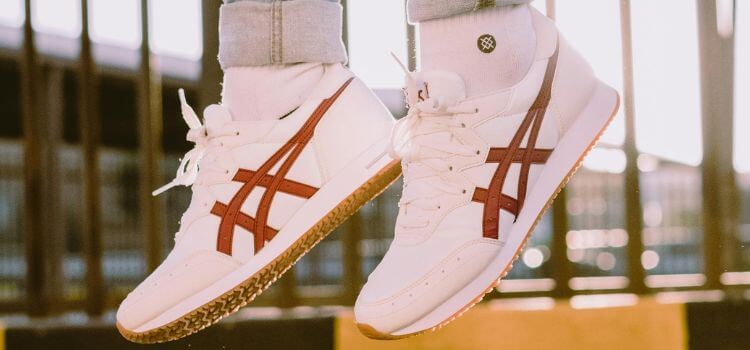
1. High heels
High heels can negatively impact foot health by altering natural alignment and causing pressure on the toes and the ball of the foot. Regular wear may lead to issues like bunions, corns, and posture problems. Additionally, high heels increase the risk of ankle sprains and discomfort. It’s advisable to limit their use and opt for supportive footwear when possible.
2. Flip-flops
Flip-flops, while convenient in warm weather, lack adequate support and cushioning for the feet. Their minimalist design offers little protection from impact and can lead to issues like arch pain, plantar fasciitis, and even stress fractures with prolonged use. The lack of stability and grip increases the risk of slips and falls, particularly on uneven surfaces. While suitable for short-term wear, it’s best to avoid relying on flip-flops for long walks or extended periods to maintain foot health and safety.
3. Minimalist shoes
Minimalist shoes, known for their lightweight and flexible design, offer little to no support or cushioning for the feet. While some people may find them comfortable for short-term use, they may not provide adequate protection or stability for extended wear. Minimalist shoes can increase the risk of foot fatigue, overuse injuries, and discomfort, especially for individuals with high arches or specific foot conditions. It’s essential to consider the level of support and cushioning needed for your feet and activities when choosing footwear to ensure optimal comfort and foot health.
The Impact of Choosing Wrong Shoes on Supinators
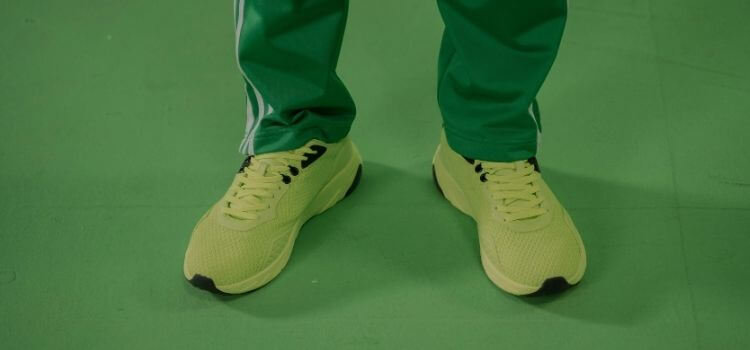
Choosing the wrong shoes can exacerbate supination issues for individuals, leading to increased discomfort, instability, and a higher risk of injuries. Shoes lacking proper support and cushioning fail to adequately address the unique biomechanical needs of supinators, potentially worsening symptoms over time. The lack of stability and alignment support can also contribute to chronic foot and ankle problems, affecting mobility and overall quality of life. Supinators must prioritize footwear that provides adequate cushioning, support, and stability to mitigate the negative impact of supination on their feet and lower limbs.
Tips for Choosing the Right Shoes for Supination
1. Seek professional advice
Consulting with a podiatrist or footwear specialist can help you identify the best shoes for your specific foot type and gait pattern.
2. Test shoes before purchasing
Try on several pairs of shoes and walk around to ensure proper fit, comfort, and support. Pay attention to how the shoes feel and whether they adequately address your supination issues.
3. Consider shoe inserts or orthotics
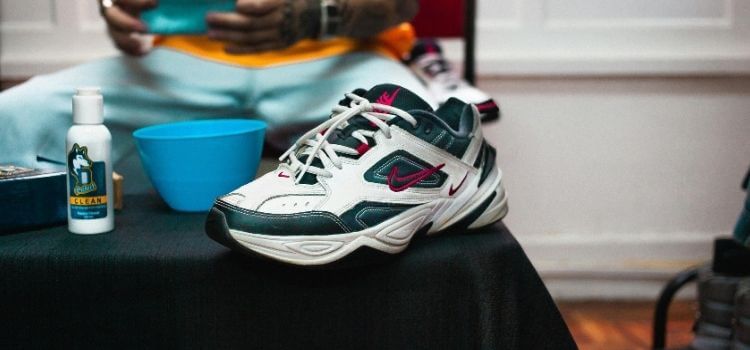
Custom orthotics or shoe inserts can provide additional support and cushioning to help manage supination and alleviate discomfort.
Conclusion
Selecting the right shoes is paramount for individuals with supination to maintain foot health and prevent injuries. Avoiding footwear that exacerbates supination symptoms, such as high heels and flip-flops, and opting for shoes with proper cushioning, support, and stability can significantly improve comfort and mobility. By prioritizing the needs of their feet and choosing appropriate footwear, supinators can reduce the risk of chronic pain, discomfort, and long-term foot problems. It’s essential to seek professional advice when necessary and to prioritize comfort and functionality in footwear choices to support overall foot health and well-being.
As an Amazon Associate, I earn from qualifying purchases

Leave a Reply